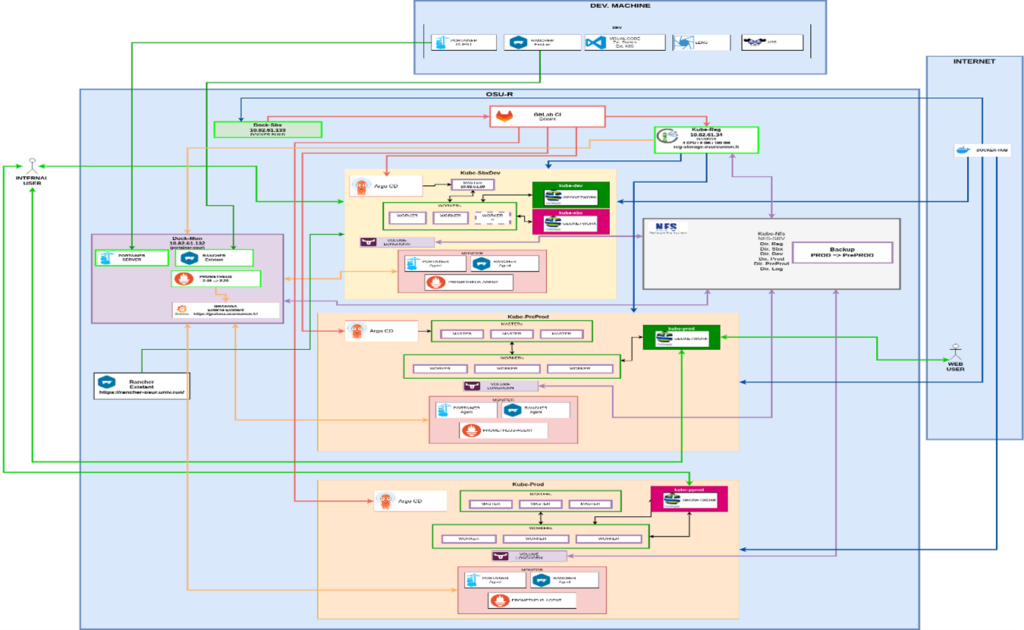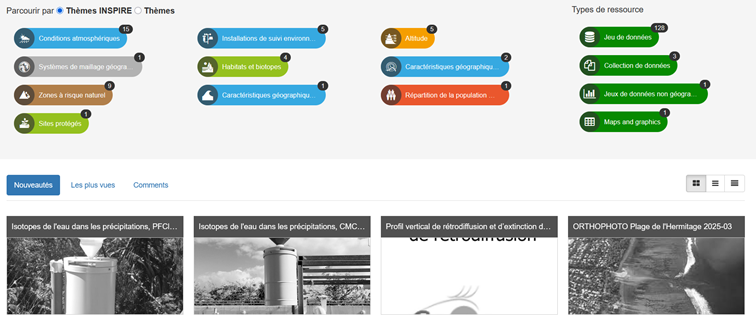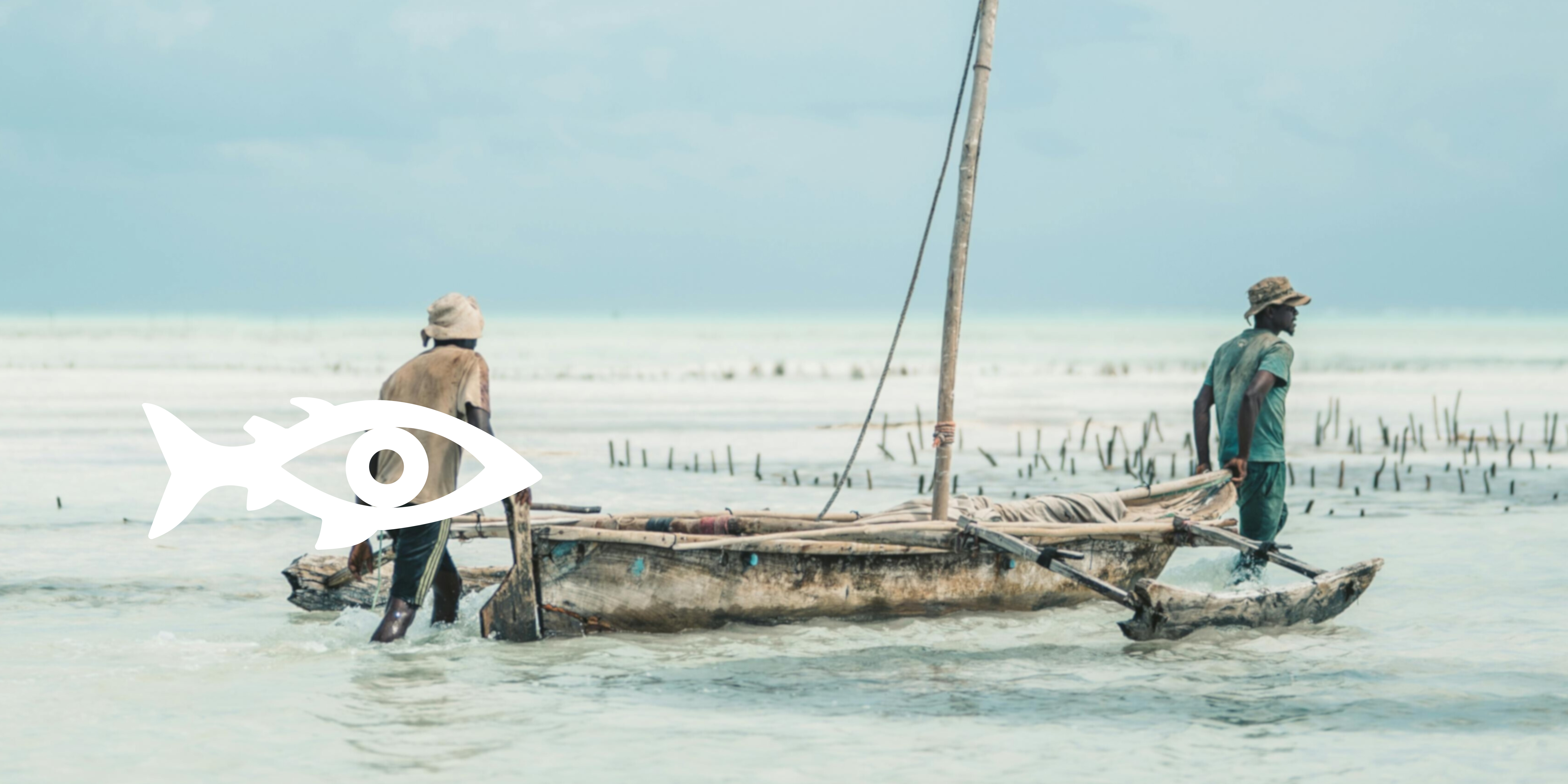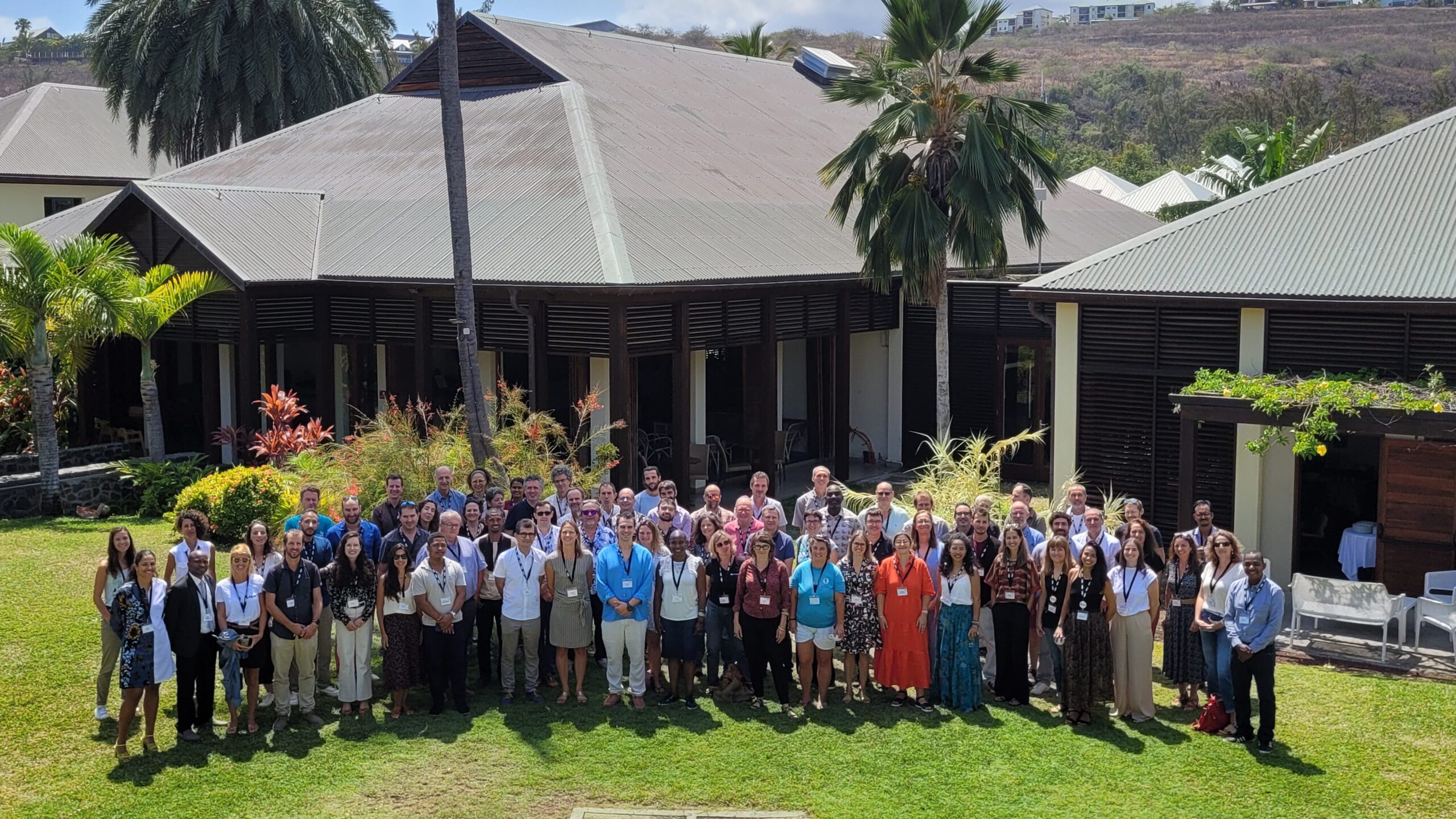
UNDERSTANDING BRIDGES INFORMATION
An information system to better understand and manage marine social-ecological systems in the southwest Indian Ocean
BRIDGES INFORMATION is working to set up an Information System for social-ecological systems in the southwest Indian Ocean (SWIO) for the BRIDGES research program. This project is led by University of La Réunion, CNRS and Ifremer. This information system (IS) facilitates access to all the data and digital resources needed to better understand and manage these interconnected ecosystems. It will serve as a common knowledge base for all the other scientific components of the BRIDGES program, supporting research, decision-making and regional cooperation.
A regional tool deployed in a fragmented data landscape
BRIDGES INFORMATION designs the architecture of the Information System (IS), based on open source tools and the infrastructures of the University of La Réunion. This IS is interoperable, secure and aligned with the FAIR principles (Findable, Accessible, Interoperable, Reusable). It will ultimately host a data catalog dedicated to the BRIDGES Program.
The IS is a cross-functional tool that centralizes data from all BRIDGES research areas, from long-term coastal observation data to socio-economic data on fishing, for example. It also facilitates the pooling of data, and will eventually enable integrated analyses. Deployed at SWIO level, this IS aims to be a useful tool for researchers in the region who are working or will work on the Program’s research themes.
The challenges facing this IS are numerous:
- Fragmentation of data from research projects, observatories or public agencies, for example.
- Heterogeneity of formats and methods: each discipline and stakeholder has its own practices.
- Accessibility: some data is inaccessible, poorly documented or difficult to reuse.
- Regional coordination: the IS aims to be an integrating research tool at SWIO level.
Building a sustainable tool
Building an information system that is stable over time and functional beyond the ten years planned for the BRIDGES program implies major structural choices that are sustainable and adapted to changing needs. From a functional point of view, it is essential to guarantee optimum quality of access to the services offered, which presupposes the provision of adequate storage space, as well as a hardware infrastructure capable of supporting IT deployment, and software capable of instantiating the various processes. Furthermore, in a context marked by an increase in IT threats, it is imperative to place this IS within a secure framework. This implies robust data protection and access control mechanisms to ensure the confidentiality, integrity and availability of information. This IS will be fully operational by 2026.

Figure 1: Structure and deployment of the planned BRIDGES IS via GeoNetWork 4.4.5
A strong collaboration with the University, OSU-Réunion and Data Terra
The IS is hosted on the IT infrastructure of the University of La Réunion, in conjunction with OSU-Réunion and the catalog currently in place, Geosur. The University contributes its expertise in data engineering, interoperability and FAIR support, as well as its strong territorial roots. For example, the IS will integrate data currently available via the portals of Réunion’s observatories (OPAR, OZC, STACOT, etc.), which are already included in the catalog. This work is being carried out in partnership with Ifremer’s SEXTANT teams, and Data Terra‘s ODATIS unit.

Figure 2: OSU Réunion’s current GeoSur catalog, which will evolve over time.
To find out more
If you are interested in this approach, please contact the BRIDGES INFORMATION team at pc1_bridges@services.cnrs.fr.
More news News


